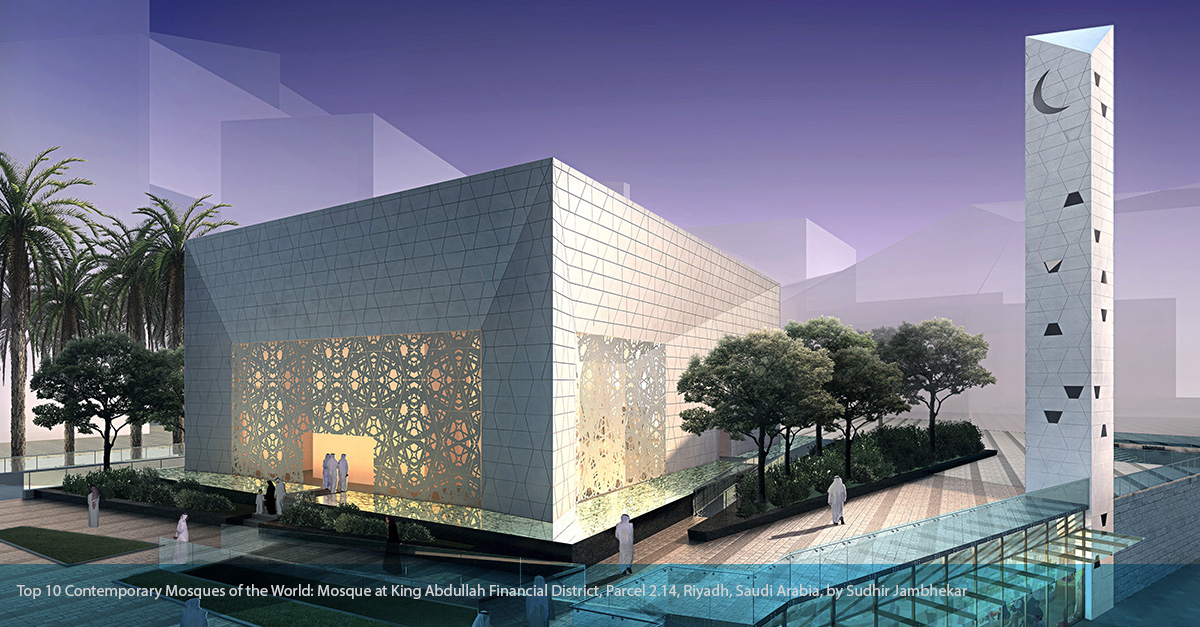A PASSION FOR CREATIVITY AND COLLABORATION

As ArchWert’s India office is steadily deepening roots and designing for global communities, we are inspired by our Senior Design Director, Sudhir Jambhekar, his vision, and how his passion for creativity helps create a future generation of designers.
Sudhir Jambhekar, FAIA, RIBA, LEED AP, COA is one of the handful Indian origin Architects to have worked globally for 50+ years. He is a Senior Partner Emeritus, FXFOWLE New York, Former Partner Kohn Pederson Fox, New York, and currently engaged with ArchWert Inc. (Detroit) & ArchWert Planners & Designers Pvt. Ltd.(Pune) as Senior Design Director. He talks with the ArchWert Editorial Team(AET), about his future plans, his chapter of giving back to India, and his previous experiences in the world, where he has delivered numerous signature projects, won awards, authored volumes of his works, inspired young Architects and made India proud with his passion for Art and Architecture.

ArchWert Editorial Team: After approximately 50+ years of signature projects and recognition globally, what brings you to India and makes you spend so much time and energy here?
Sudhir Jambhekar: After stepping down from the partnership at FXFOWLE Architects (Now called FXCollaborative) in New York, I thought of changing my focus from USA and International practice to the country of my origin in the hope of making the difference in India adding global perspective in the practice of design of the built environment which includes amongst many things, design of buildings, master planning, urban design and infrastructure projects including transportation work. It is also my intent to work with the younger architectural talent in India in the hope of creating a collaborative design practice with a design studio for the professional contributions, increasing self-confidence and esteem, bringing a global perspective, and help shape future leaders who would design the world from India and going forward, one day, India becomes a powerhouse of designers.

“It is difficult to predict the future of urban fabric in India, but I am hoping that India learns from the mistakes of the developed nations rather than copying them.”
AET: What was it being a student to the Master I M Pei?
SJ: I.M. Pei and his office influenced my career as an architect and taught many things including understanding the importance of creating an office environment that encouraged singular goal of design excellence demanding hard work with patience from every individual with diverse focus and expertise. I worked with the firm of I. M. Pei and Partners from 1969 to 1972 and was offered opportunities to work with I. M. Pei, James Freed and many others in the firm. I also met William Pedersen of KPF, D D Pei of Pei Partnership, Yann Weymouth of HOK amongst many other talented architects while I was working in the firm adding to my learning experience and broadening of horizons. Just to list few specifics, I learned the importance of connecting the buildings to their broader context, commitment and humility from I.M. Pei, and passion for design and attention to details from James Freed.
AET: What exactly is your mission in India?
SJ: I am hoping to influence the society to look at things differently and appreciate the importance of environmental concerns, design, aesthetics and social responsibility. I am also hoping that I can influence the younger generation to embrace innovation and creativity. This demands an understanding of history before rejecting it, this demands continuous self-learning and evolving, this demands disciplined process, and this demands passion, commitment, patience and hard work. I am speculating that in the near future, the business model for architectural practices may have to be re-evaluated. Market sectors and locals may change, and regeneration might be a more significant component of the practice. The process of design may have to integrate the use of technology, apps and robots beyond what we currently use in terms of various software programs and BIM to better judge value addition.

AET: How different are you finding working with ArchWert in India than working abroad?
SJ: ArchWert being a subsidiary of Neilsoft has made things easier in many aspects. Chairman & Managing Director, Mr Ketan Bakshi, ex co-chair of the NASSCOM ESO Forum and ex-Chair of NASSCOM’s sub-committee with the charter of branding India in the Engineering Services space, is very supportive, with high aspirations making us all think beyond the norms. Having said this, working in India, in general, is much more challenging than working abroad. Finding good talent is not as easy in Pune as it was in New York, which further adds to the challenges. The critical difference seems to be the lack of opportunity for the students in India for a broader exposure and interaction with thought leaders in the profession resulting in limitations of having a global perspective. We have been steadily building a team willing to work hard, embracing research-based design process, exploration and collaboration to attain design excellence, with an objective of creating value for the clients.
AET: Where do you see India's urban fabric moving towards?
SJ: In my view, cities are a reflection of a society in time, and they continuously evolve. It is difficult to predict the future of urban fabric in India, but I am hoping that India learns from the mistakes of the developed nations rather than copying them. I am also hoping that the future urban fabric in India respects the environment and appreciates the value of human life acknowledging the dignity of people of all ages.
AET: What are your current projects with ArchWert?
SJ: We intend to create a design practice with design excellence and value creation as a part of our ethos. The plan is also to create a design practice that is diverse in nature. Recently, we won the design competition for the Goa State Museum and were shortlisted for master planning design competition by CIDCO for their Kharghar corporate mixed-use I.T. Park. We are also working on a mixed-use project in the city of Qingdao, China and residential developments in the USA. Additionally, we are working on residential and commercial projects in Goa, Ahmedabad, Mumbai, an educational campus project for Ashoka University and urban design projects in Mumbai, Ahmedabad, Pune, Thane and Pimpri-Chinchwad.

AET: Is there any specific typology you want to work on?
SJ: My focus has always been designing, and I believe that any good designer should be able to design projects of all types and scale. My work over the years is very diverse, and I have designed projects of many typologies. Tall buildings and bridges offer incredible sculpting opportunities, while museums or educational facilities provide opportunities to blur the boundaries. I like to think that it is more critical to seize the opportunities provided by the specific building typology and find innovative solutions that would create value, embrace design excellence, improve quality of life and make the difference.
AET: What is your message for Architects in India, how different from US-based architects?
SJ: This is another difficult question to answer as I have nothing to offer in terms of message except my experiences and work. Hopefully, my colleagues in the profession will observe and adopt good practices. India is changing rapidly and with access to information in an instant, will narrow the gap between how US-based architectural firms operate and design. Fundamental differences I have observed are in the individualism, design process, thinking outside-the-box, commitment to deliver, and respecting time.
AET: What next, immediate plans and going forward?
SJ: We intend to build upon what we have accomplished in the last few years and create a design studio that will work collaboratively with focus on research-based design, respecting and responding to climate and culture adding value. Aspirations and ambitions have no bounds at ArchWert. Urban design and building design is the heart and soul of our efforts. Large complex projects of diverse typologies make us more demanding on ourselves. Planning and thinking ahead, we are anticipating to work on smart city initiatives, educational and institutional projects including museums, mixed-use projects, tall buildings, transportation, and infrastructure projects. We will strive to create a design studio that would further the reputation of a nation as a place of creativity and innovation and would work on the select projects beyond borders of India.

Sudhir believes in helping people look at the world with a creative vision. His designs have been published in a number of architectural journals and venues and have received many design awards and honours including CNBC Arabian Property Award, Best Infrastructure Project Award, Cityscape Global Award, Green Buildings Design Award, MIPIM/ Architectural Review Award, Architect of the Year, 2005 by The Society of Indo American Engineers and Architects, to name a few. He has also been invited for lectures and presentations at CTBUH, World Architecture Congress, Harvard University, UDRI, etc.
As a Senior Design Director, he brings a valued diversity to the design dialogue through his passion for design, art, and intellectual exchange with the next
generation.
To book an appointment with Mr. Sudhir Jambhekar, Connect with Mr. Ashutosh Prateek at ashutosh.prateek@archwert.com or call at +91 77578 62057





